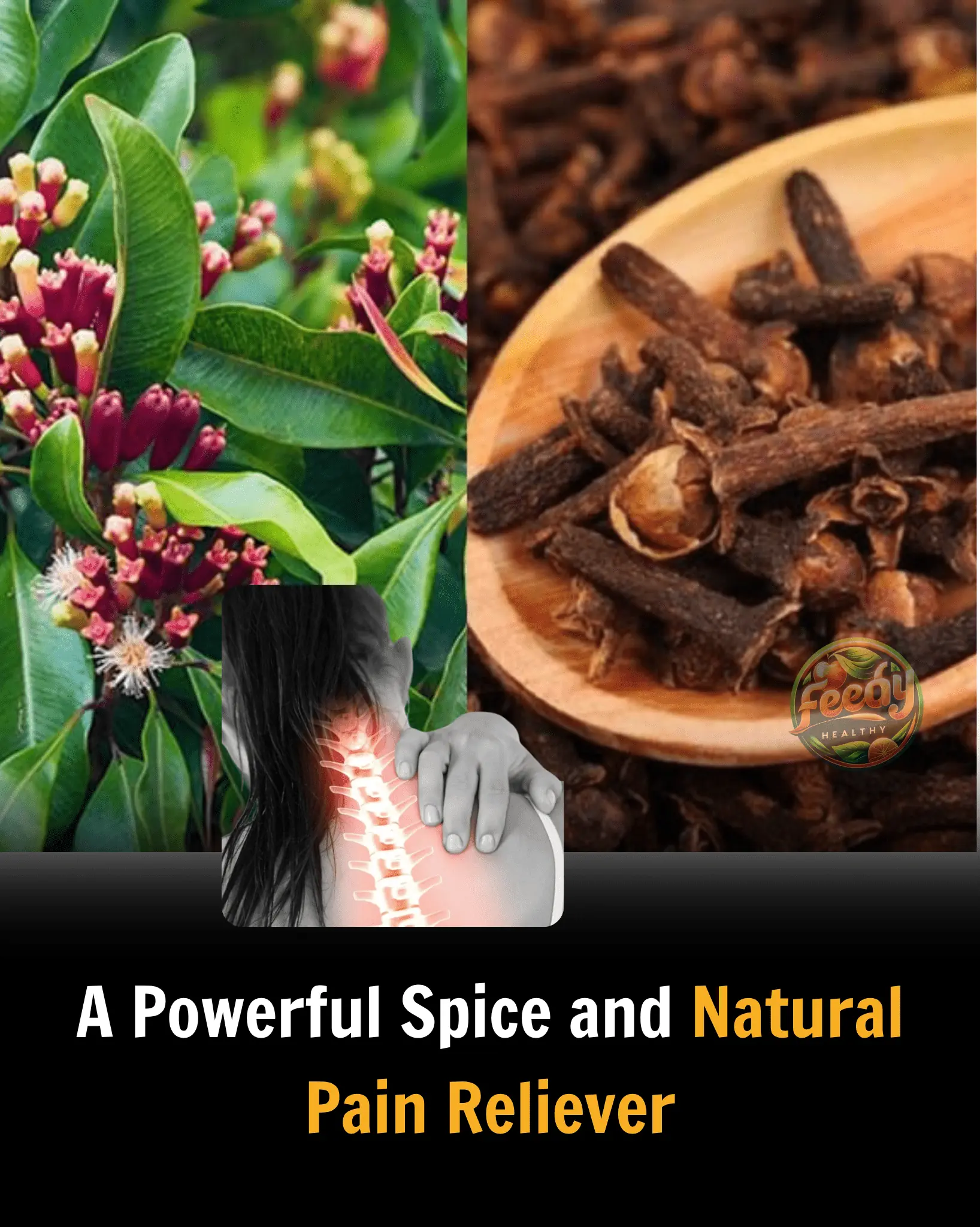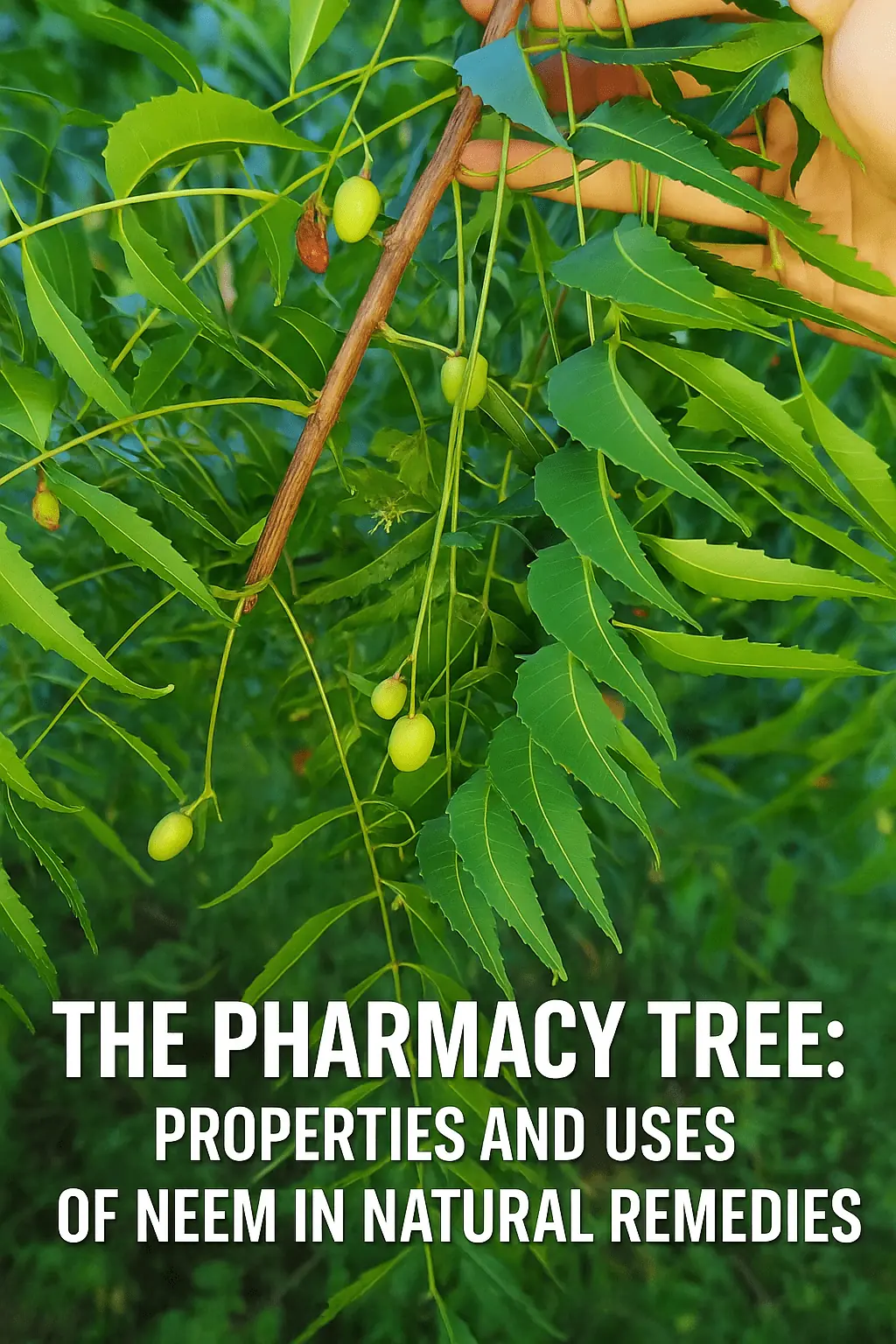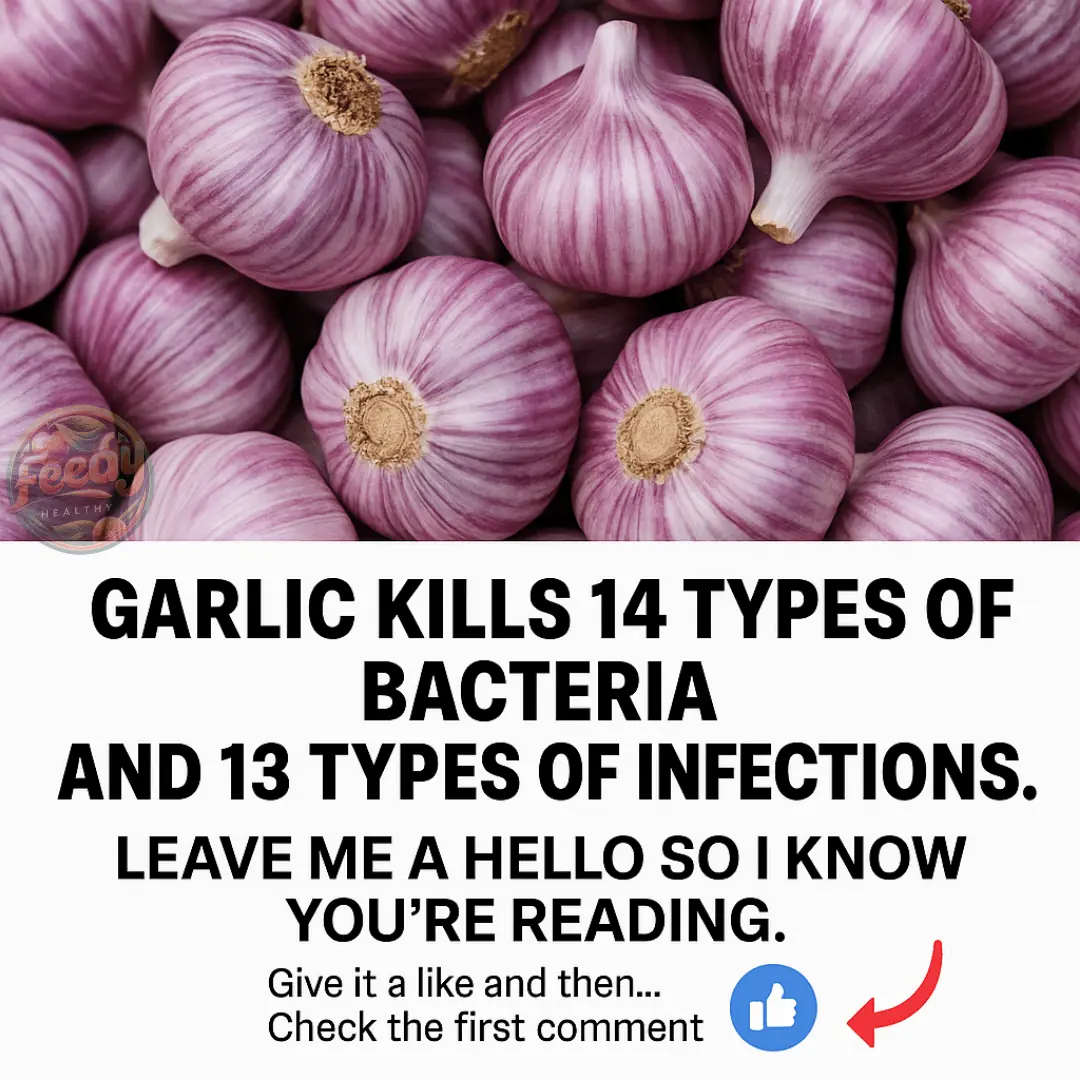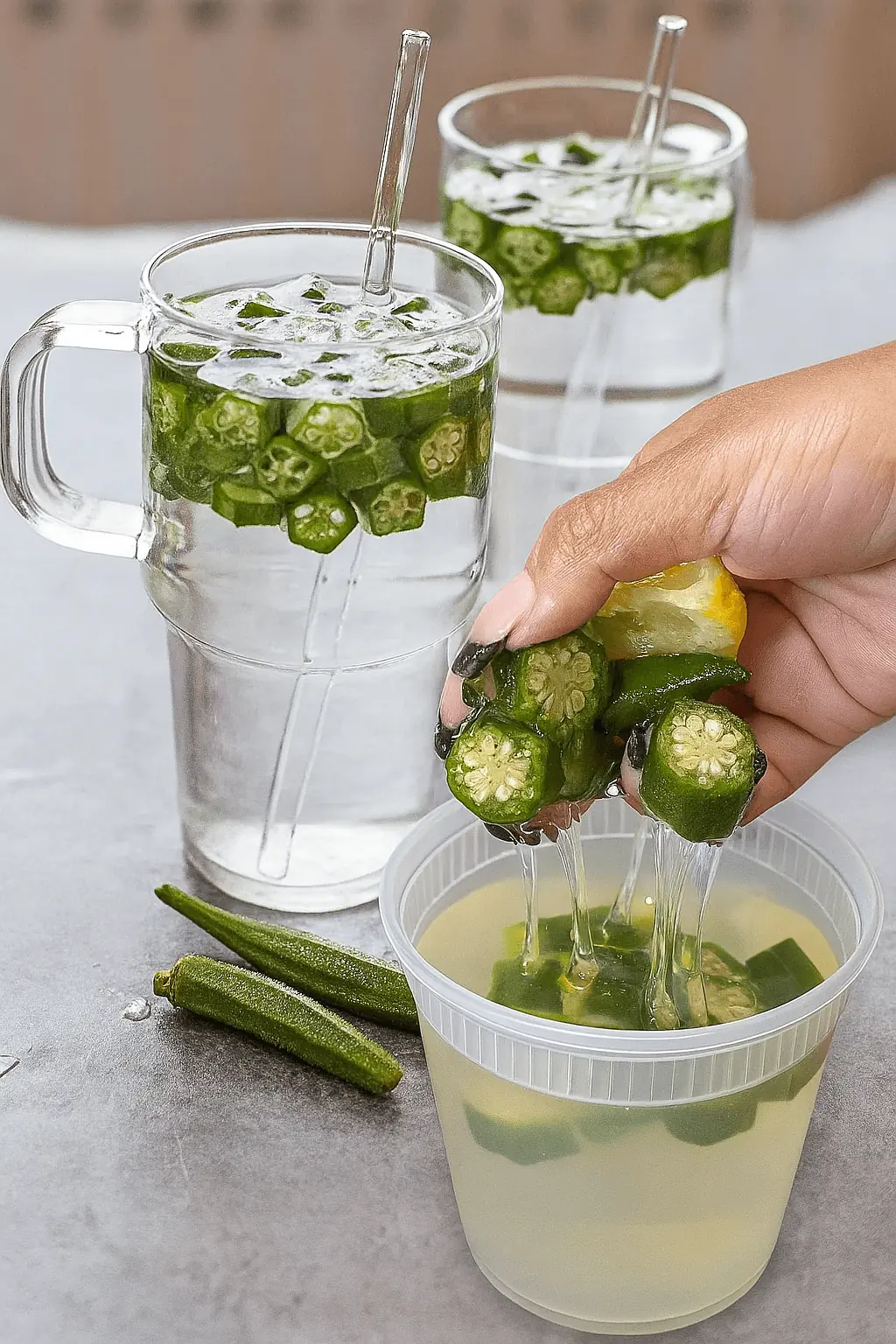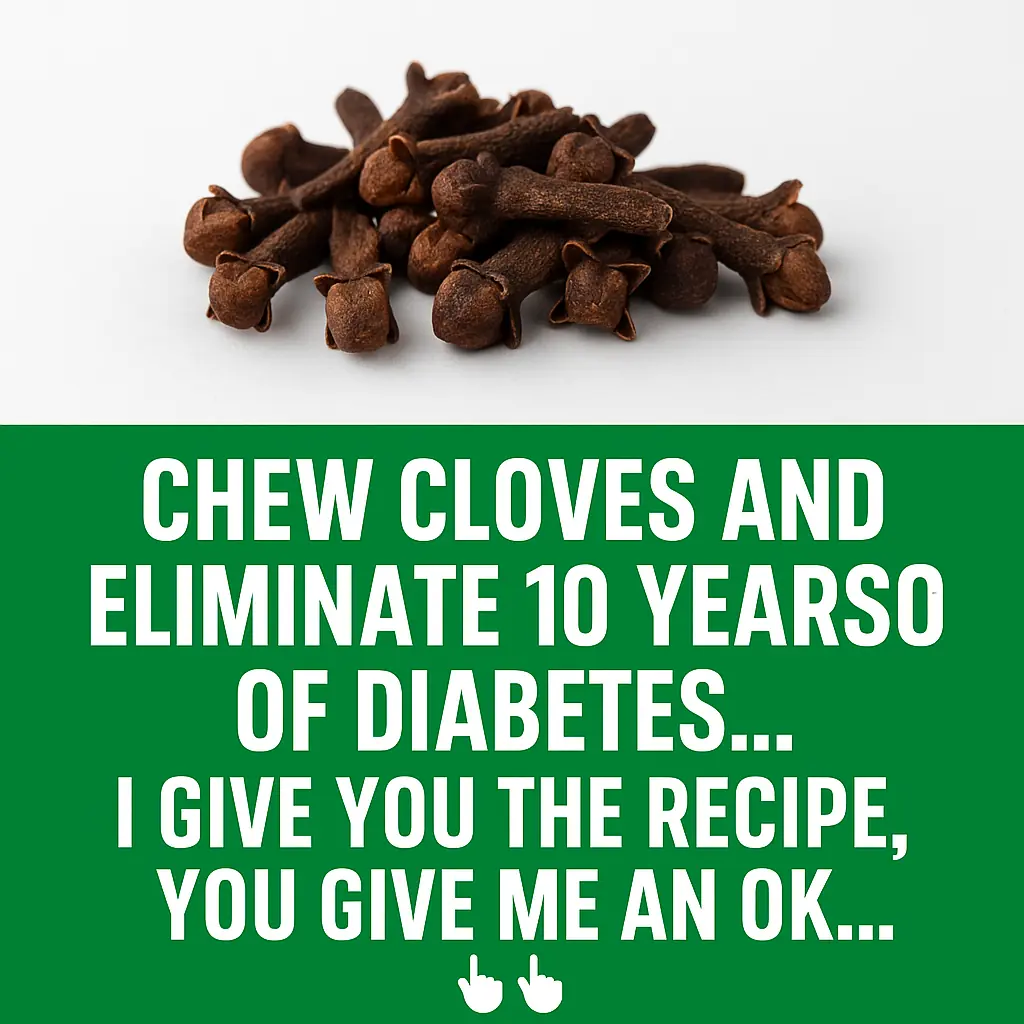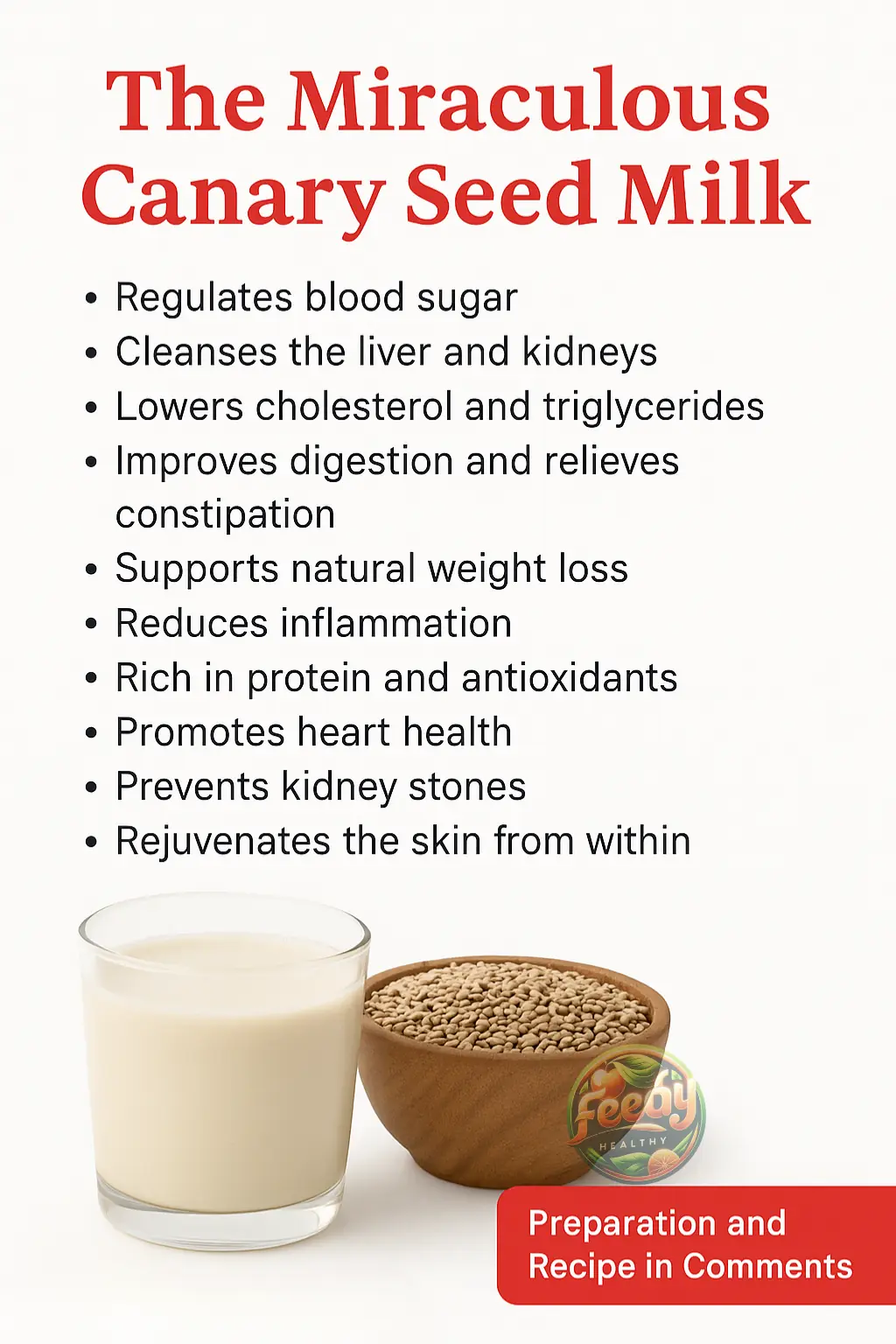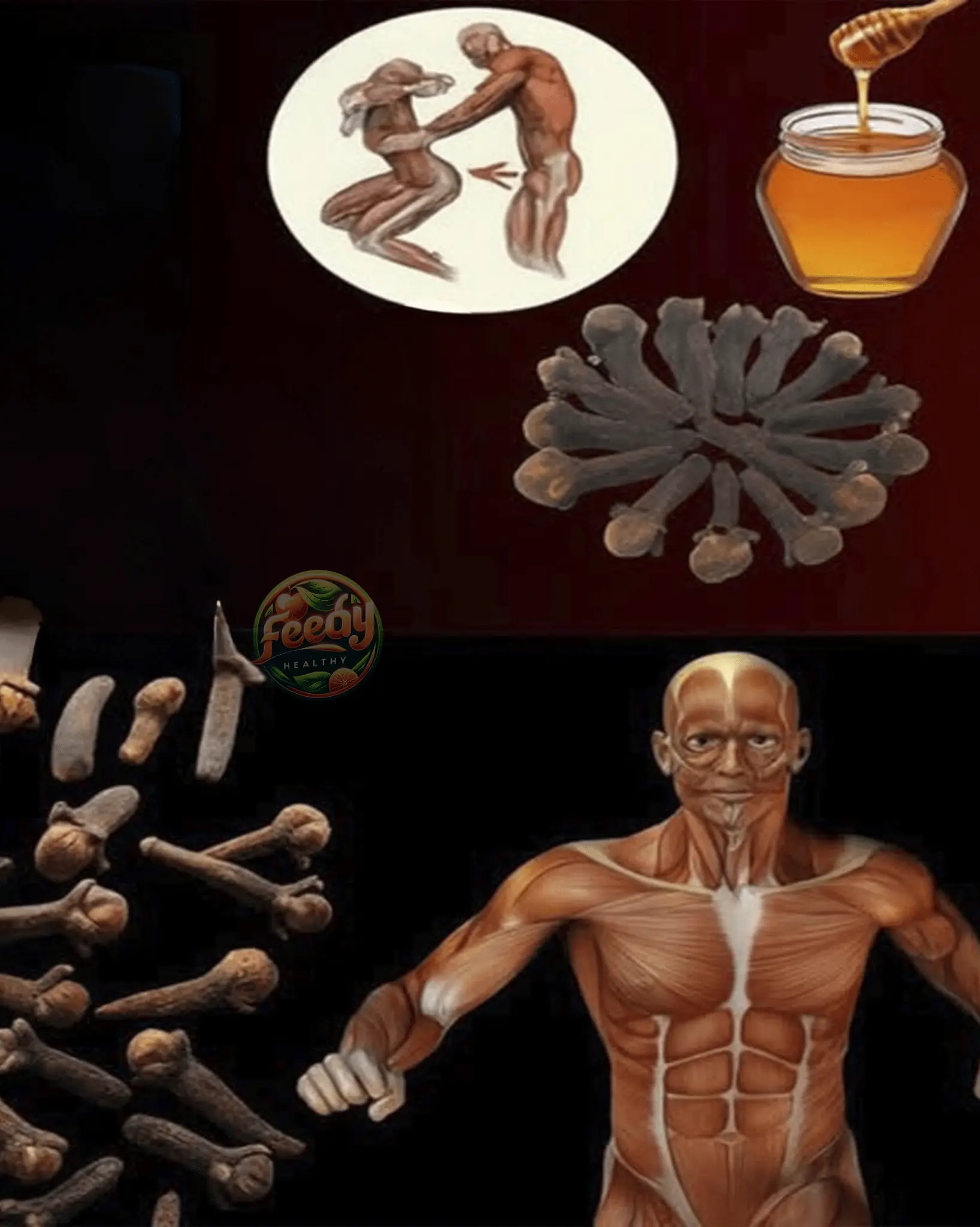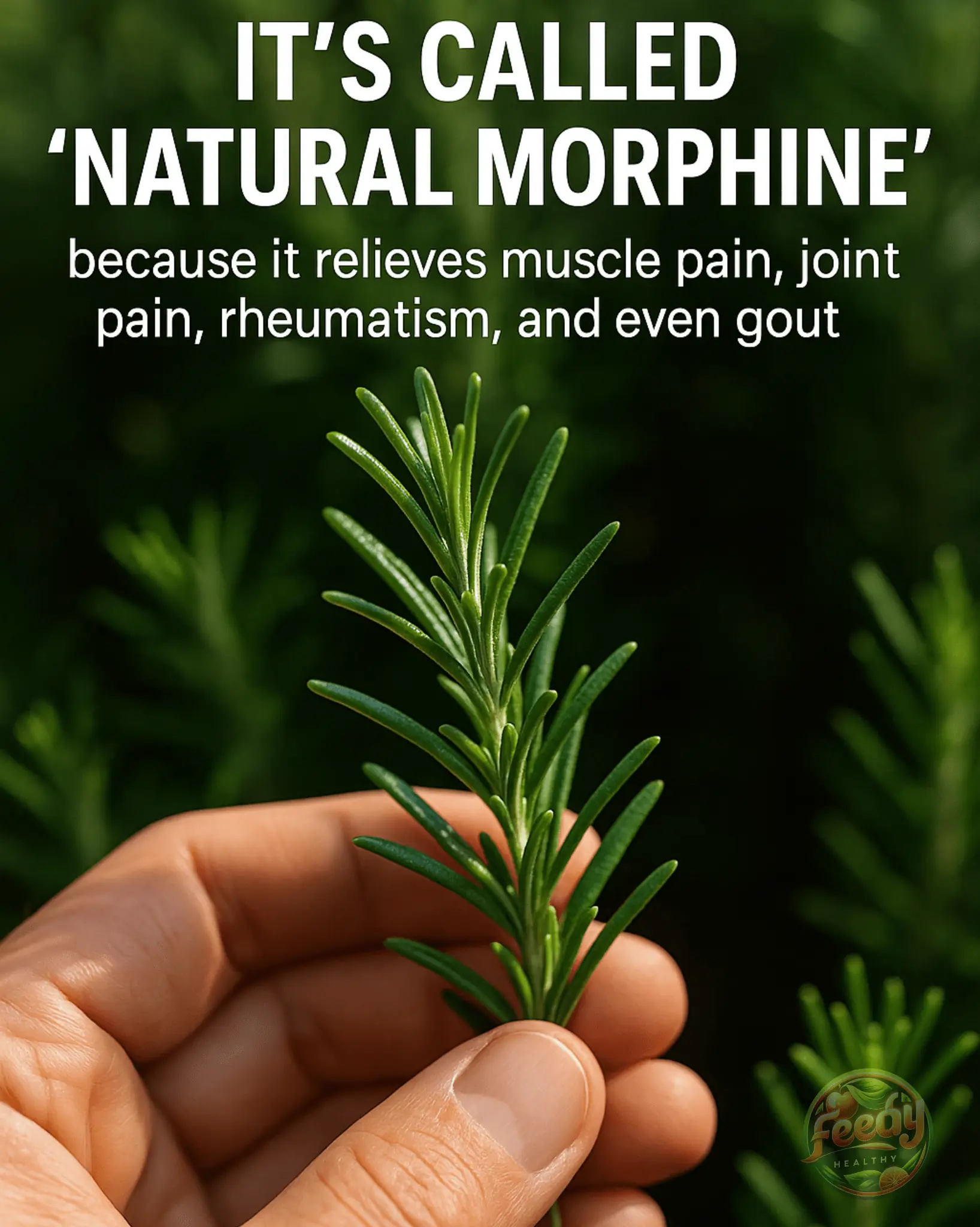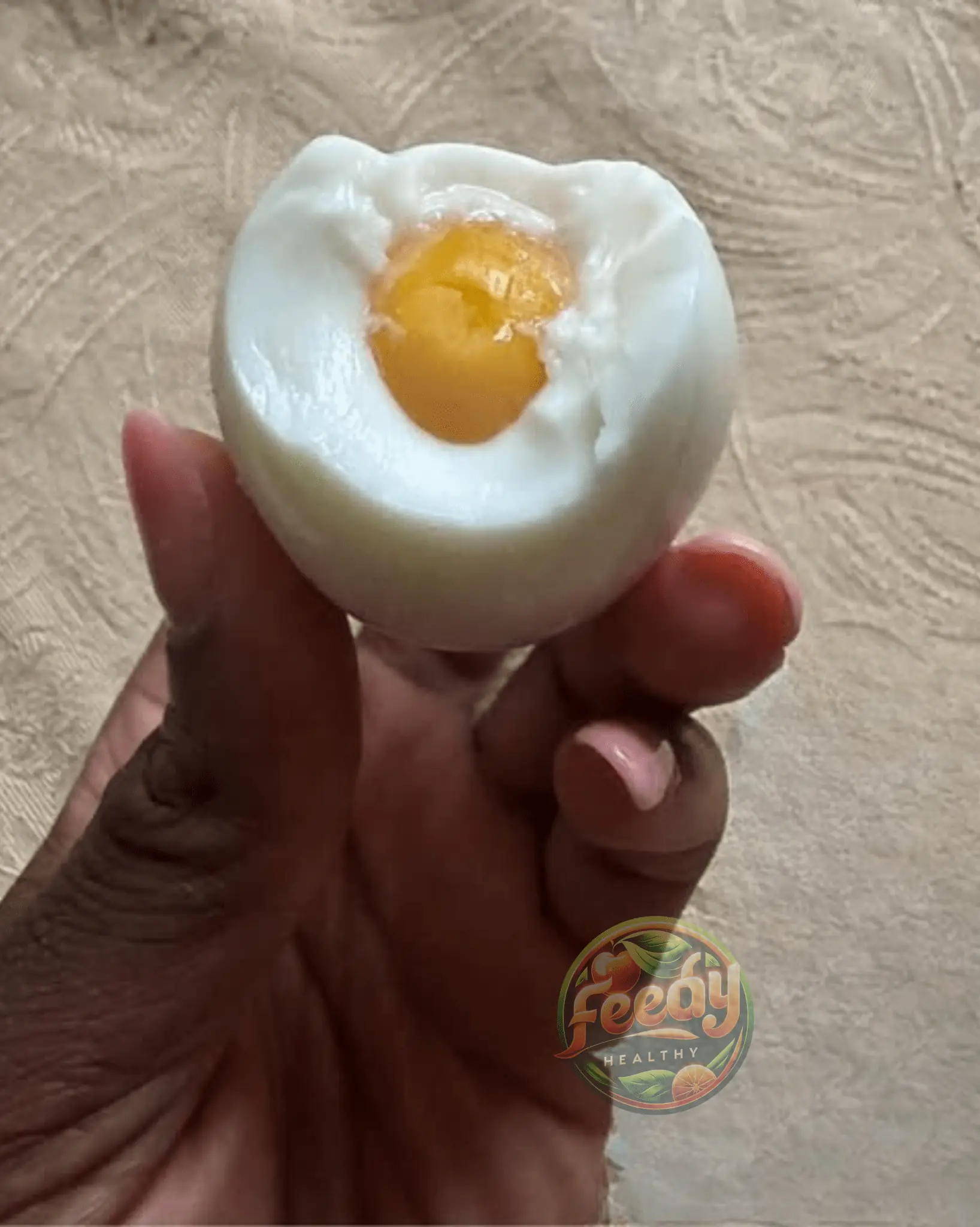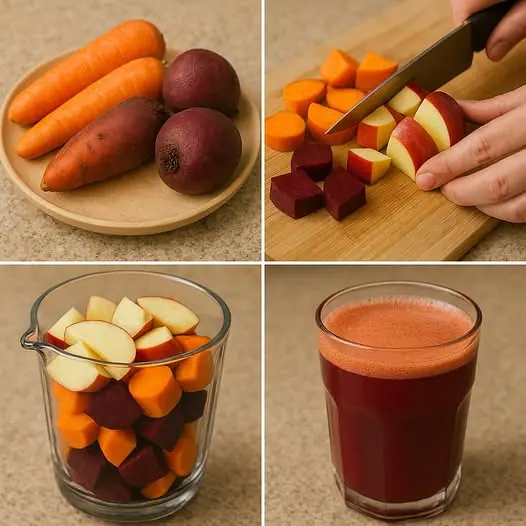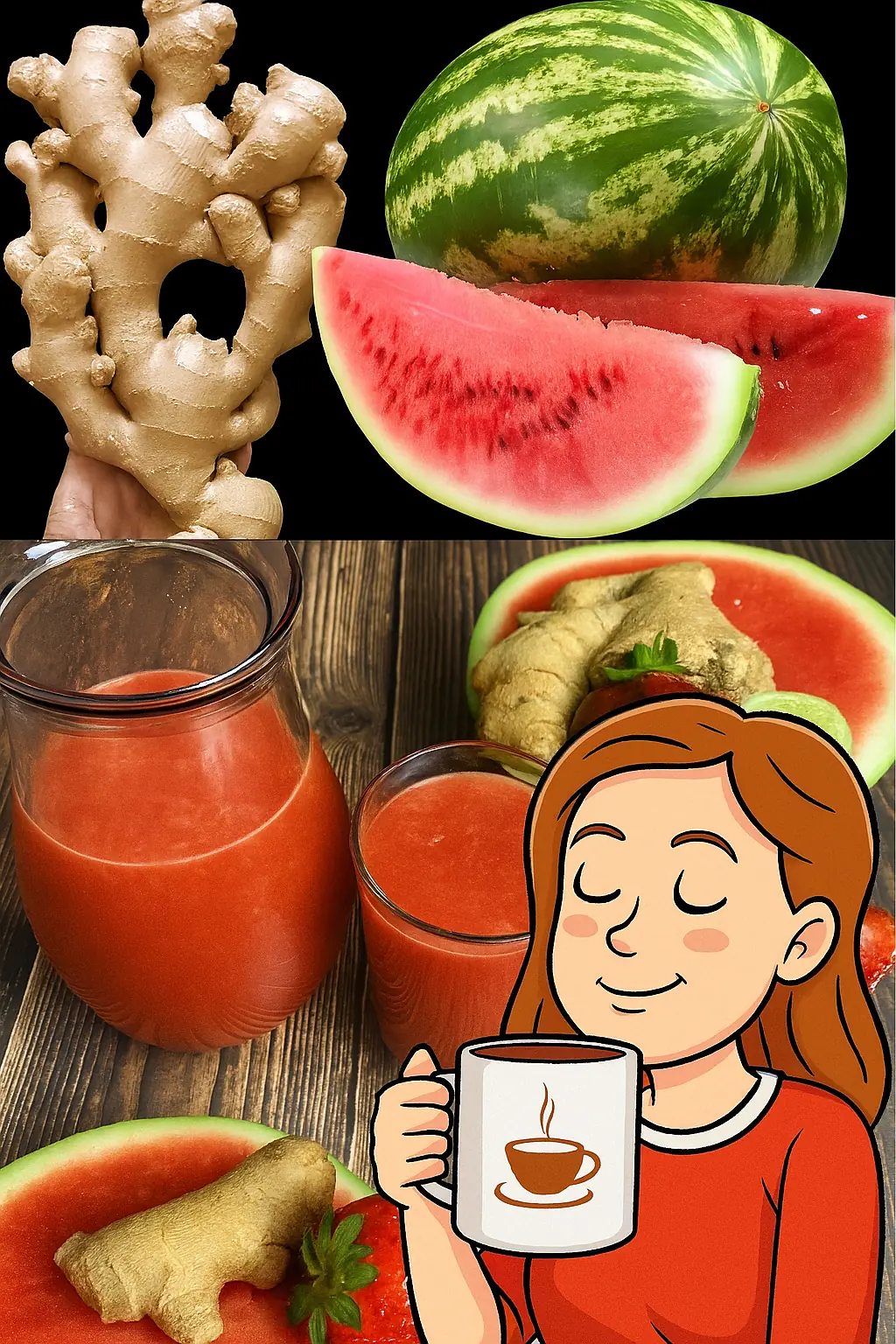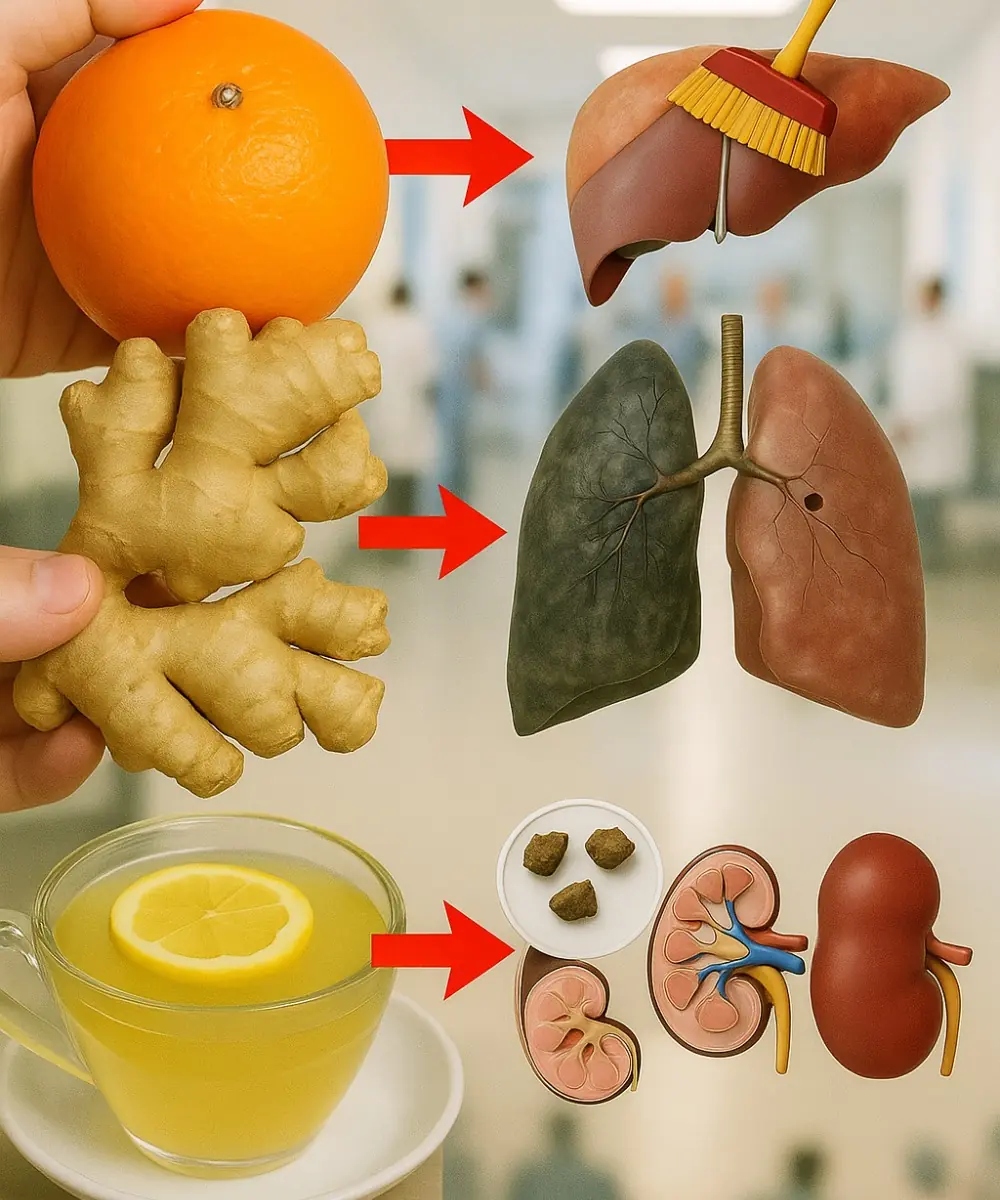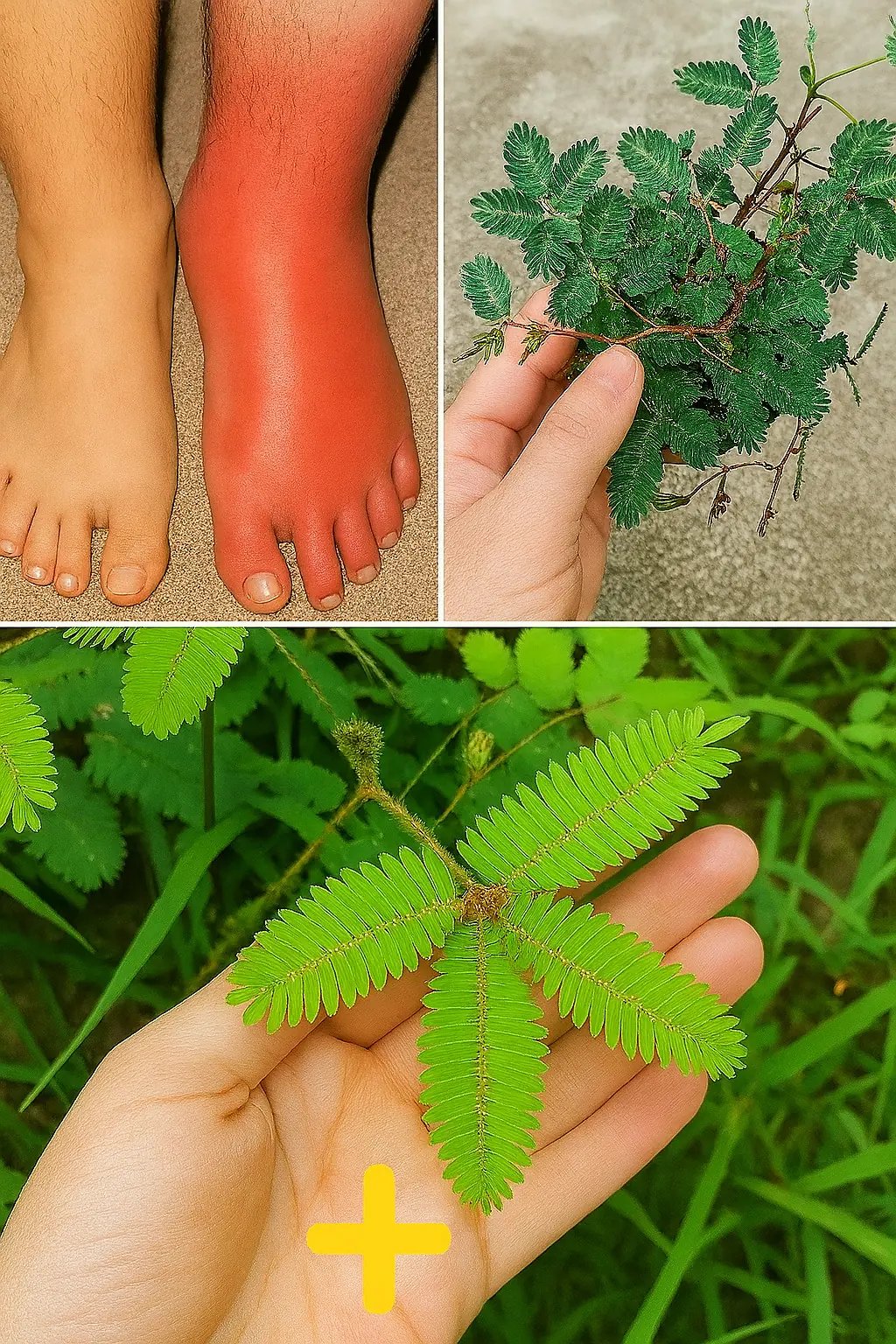With its warm, distinctive aroma and versatile applications in both culinary and medicinal fields, clove (Syzygium aromaticum) has long been recognized as a valuable spice and herbal remedy. This article explores the many health benefits of clove, how to use it effectively, and essential precautions to ensure safe usage—especially for pain relief.
What Is Clove?
-
Vietnamese name: Đinh hương
-
Scientific name: Syzygium aromaticum
-
Family: Myrtaceae (Myrtle family)
-
Other names: Đinh tử hương, công đinh hương, chi giải hương
Originally native to the Maluku Islands of Indonesia, clove is now cultivated in many tropical regions around the world, including Vietnam. Its dried flower buds, shaped like small nails, contain high concentrations of essential oils—particularly eugenol, caryophyllene, and antioxidants—making it a powerful anti-inflammatory and analgesic.
Botanical Characteristics
Clove trees can grow up to 12–15 meters tall. The leaves are opposite, oval, and pointed. Clusters of small, bright red flowers bloom at the tips of branches, each consisting of four petals that fall off early, leaving numerous stamens. The tree bears elongated, fleshy fruit with only one seed.
Although clove trees thrive in hot, humid climates below 200–300m elevation, they don’t reach peak productivity until around 20 years old. Harvesting typically occurs once or twice a year when the buds begin turning red. Buds are handpicked before flowering to preserve quality—roughly 10,000 buds make up 1 kilogram of cloves.
Top producers today include Zanzibar and Pemba (East Africa), Madagascar, Brazil, Malaysia, and Sumatra. While Vietnam used to import all its clove supply, there have been limited, though not widespread, attempts at domestic cultivation.
Chemical Composition
Each clove bud contains:
-
10–12% water
-
5–6% minerals
-
6–10% lipids
-
13% tannins
-
Rich in carbohydrates
The essential oil content of clove is among the highest in medicinal plants—up to 15–20%. The oil is heavier than water and mainly composed of:
-
Eugenol (80–85%) – main active compound with anesthetic and anti-inflammatory effects
-
Acetyleugenol (2–3%)
-
Caryophyllene (a sesquiterpene)
-
Methyl amyl ketone and other esters – contribute to its distinct aroma
Health Benefits of Clove
Clove offers a range of therapeutic effects, especially as a natural analgesic:
-
Toothache and gum pain relief: Eugenol acts as a topical anesthetic and anti-inflammatory agent.
-
Muscle and joint pain: Clove can soothe sore muscles and reduce joint pain, especially in arthritis.
-
Antibacterial and anti-inflammatory: Clove helps fight infections and reduce inflammation.
-
Antioxidant protection: High levels of antioxidants protect cells from damage and aging.
How to Use Clove Effectively
-
Clove tea: Steep 1–2 buds in hot water for 10 minutes. Drink daily to aid digestion and relieve pain.
-
Clove essential oil: Apply topically to sore areas to ease muscle and joint discomfort.
-
Spice blends: Combine with cinnamon, ginger, or pepper for enhanced pain relief and immune support.
Traditional Remedies Using Clove
Here are several tried-and-true remedies with clove:
1. For Sprains and Joint Dislocations:
Blend clove with ginger, cinnamon, and various medicinal herbs, heat the mixture, wrap in cloth, and apply as a compress.
2. For Nasal Congestion and Headaches:
Mix clove oil with camphor, peppermint, and cinnamon. Use as a chest rub or apply to temples.
3. For Upper Respiratory Infections:
Combine clove oil with eucalyptus oil, tangerine peel, menthol, and citric acid. Use in steam inhalation or as a mouth rinse.
4. For Cold-Stomach Ulcers:
Grind clove with corydalis, myrrh, and angelica. Take 3–6g with warm water, 2–3 times daily. Avoid during active bleeding.
5. For Digestive Issues (Nausea, Diarrhea):
Mix clove, cardamom, and atractylodes. Take 2–4g with warm water, 2–3 times daily.
6. For Rheumatic Pain and Cold Limbs:
Soak clove and camphor in alcohol for 7 days. Massage affected areas once or twice daily.
7. For Bad Breath:
Crush a single clove bud and chew or hold in the mouth.
8. For Morning Vomiting:
Mix clove powder with sugarcane juice and ginger juice to form small herbal pills. Suck and swallow slowly.
9. For Persistent Vomiting or Hiccups:
Boil clove in white wine until reduced. Drink while warm.
10. For Boils or Abscesses:
Apply clove powder directly to the wound, cover with a herbal plaster.
11. For Chronic Chest Pain:
Grind equal parts clove and cinnamon. Take 1g with warm rice wine before meals.
12. For Children’s Diarrhea:
Combine clove and cinnamon, grind into powder, mix with water into a paste, and apply to the child’s navel.
13. For Toothache:
Boil clove with magnolia bark and mint. Use the warm liquid to rinse and gargle.
14. For Indigestion and Vomiting:
Boil clove with ginseng, ginger, and hawthorn. Adjust ratios depending on cold or heat symptoms.
15. For Mouth Ulcers or Infections:
Mix clove with pineapple leaf paste and apply to affected area.
16. For Eczema or Skin Sores:
Soak clove in alcohol for 48 hours. Use the liquid to clean affected skin 3 times daily.
17. For Nipple Sores:
Grind clove with sesame or tamanu oil. Apply directly to the sore area 2–3 times daily.
Precautions When Using Clove
While clove offers many health benefits, use it responsibly:
-
Avoid overuse: High doses may irritate skin or affect the nervous system.
-
Check for allergies: Test a small amount before applying or consuming.
-
Ensure quality: Use well-preserved, mold-free clove for best results.
Conclusion
Clove is not just a flavorful spice—it’s a powerful natural remedy with pain-relieving, anti-inflammatory, and antimicrobial properties. When used correctly, it can be a valuable addition to your wellness routine. Incorporate it thoughtfully and share this knowledge to help others enjoy its benefits too.
Let clove work its magic—for your kitchen, and your health.
